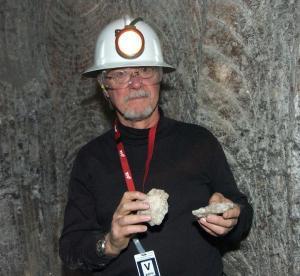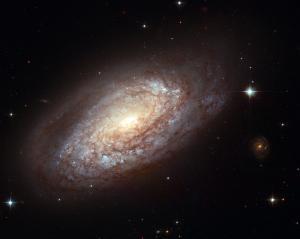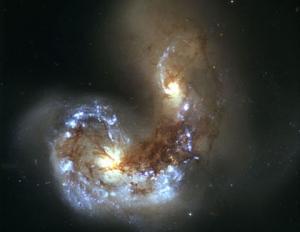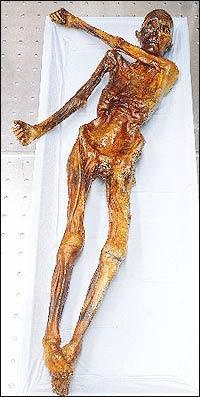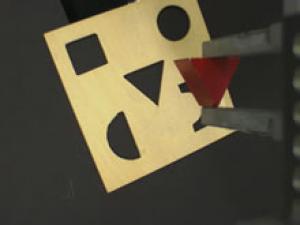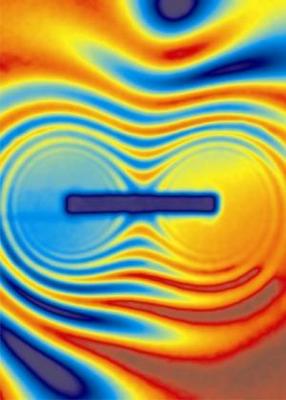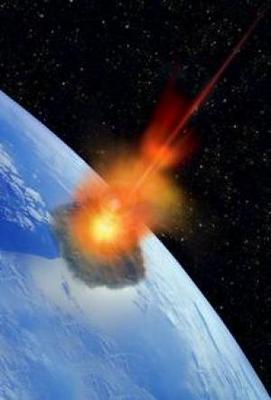Archaeologists set out on Monday to unlock one of the secrets of Stonehenge, the majestic monument in southern England -- when were the first standing stones placed at the ancient religious site?
The concentric stone circles that make up Stonehenge, 80 miles southwest of London on the sweep of Salisbury Plain, consist of giant sandstone blocks or sarsens and smaller bluestones -- volcanic rock of a blueish tint with white flecks.
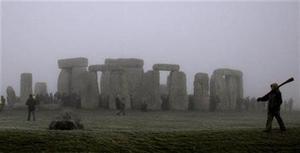
|
| ©Reuters/Kieran Dohert
|
| File photo shows Stonehenge on Salisbury Plain in southern England December 22, 2006. Archaeologists set out on Monday to unlock one of the secrets of Stonehenge, the majestic monument in southern England -- when were the first standing stones placed at the ancient religious site?
|
Stonehenge experts Tim Darvill and Geoff Wainwright will use modern carbon dating techniques and analysis of soil pollen and sea shells to work out when the stones were set up, in the first archaeological dig at the World Heritage site since 1964.
